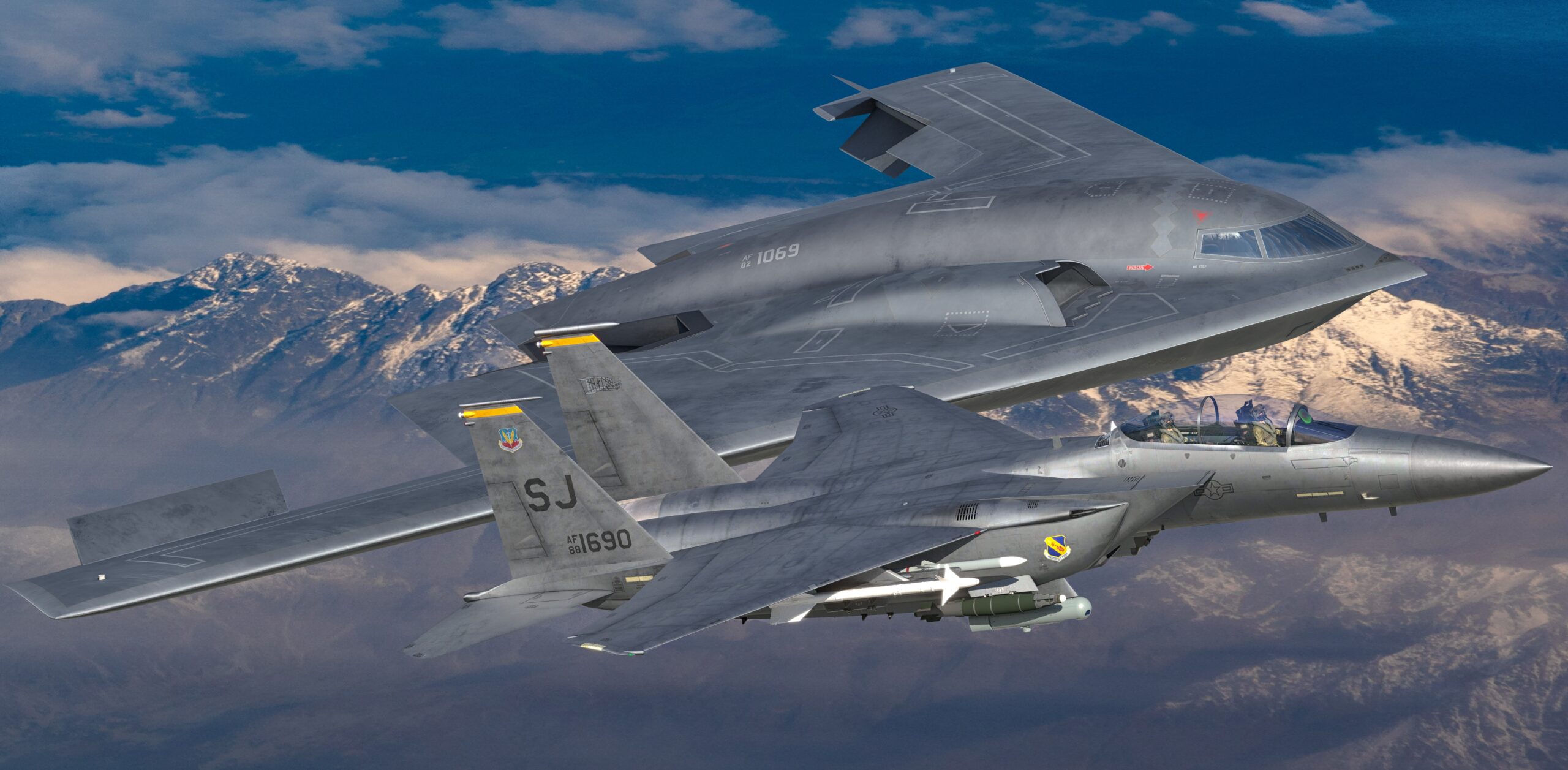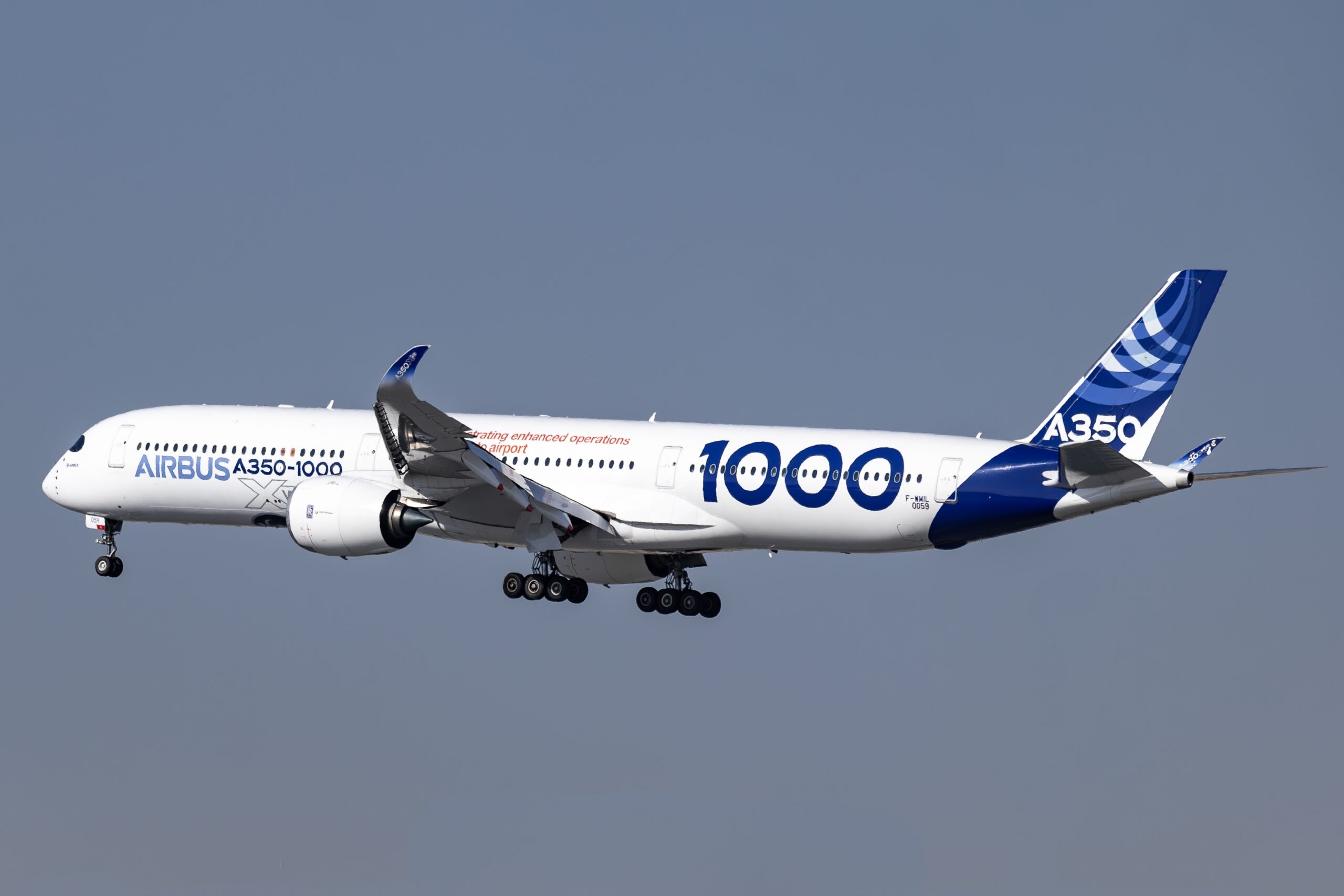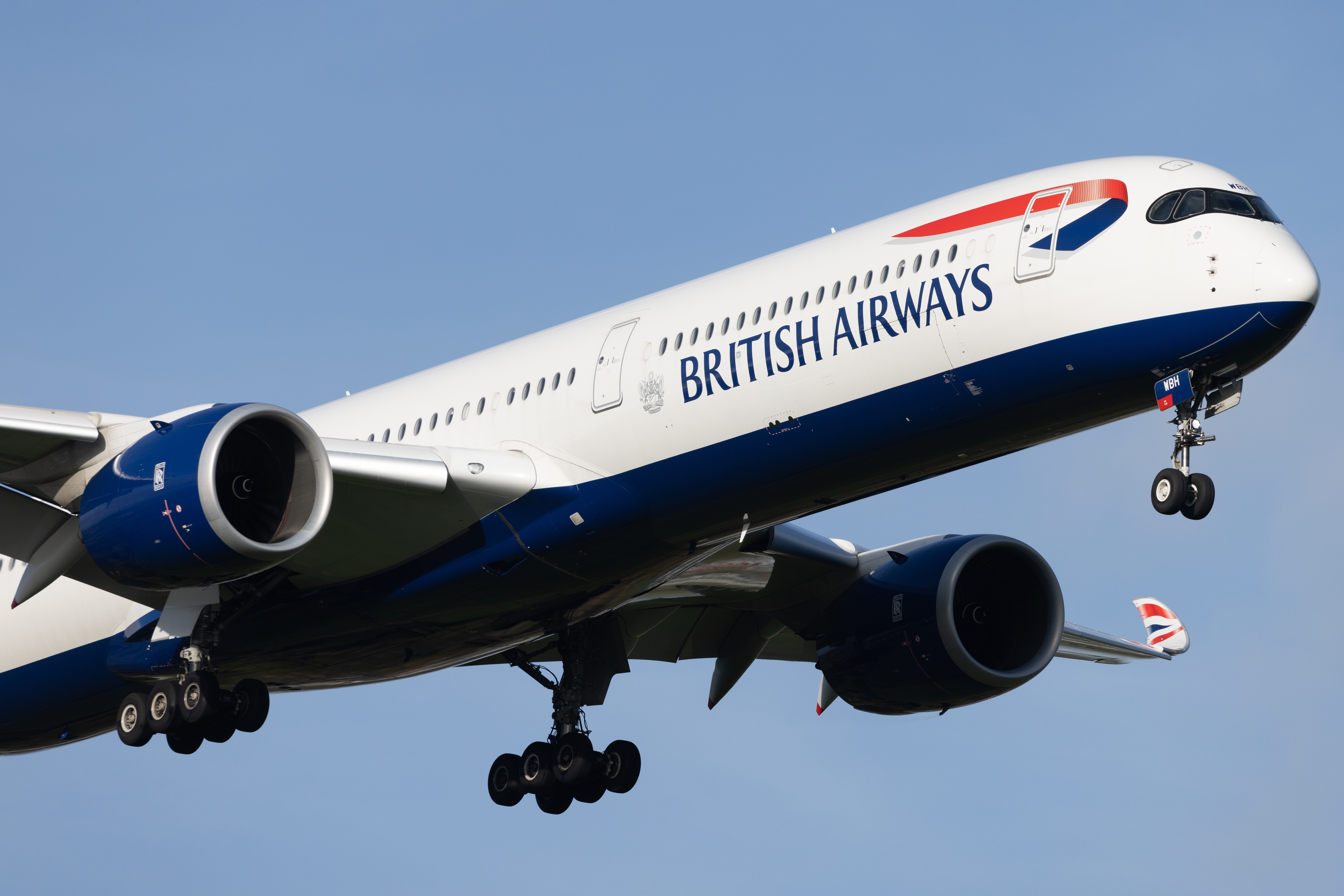Pitot Static Errors
Pitot static systems are crucial components of aircraft instrumentation. They provide data for airspeed, altitude, and vertical speed indicators. Understanding errors in these systems is essential for accurate flight operations.
These errors can be broadly categorized into position error, instrument error, and density error. Each of these influences the readings differently and has unique ways of correction or mitigation.
Position Error
Position error arises due to the location of the pitot tube and static ports. When air flows over the aircraft, it can alter the pressure readings. Turbulence, aircraft attitude, and angle of attack all contribute to position error.
- Turbulence: Causes fluctuating pressure, affecting the airspeed indicator.
- Aircraft Attitude: Non-level flight changes pressure distribution around sensors.
- Angle of Attack: Different angles alter airflow over sensors, skewing data.
Position error typically varies with airspeed and altitude. Aircraft manufacturers often provide correction charts or tables to help pilots adjust for this error.
Instrument Error
Instrument error is intrinsic to the devices themselves. This includes mechanical imperfections, calibration drift, and limitations in accuracy.
- Mechanical Imperfections: Small flaws in the design or wear over time.
- Calibration Drift: Instruments lose calibration accuracy after prolonged use.
- Accuracy Limitations: Inherent to the design and construction of the devices.
Regular maintenance and calibration checks are necessary to minimize instrument error. Pilots should be aware of the potential for these errors, especially in older aircraft.
Density Error
Density error occurs due to changes in air density. Air density varies with altitude, temperature, and pressure. Pitot static instruments measure dynamic pressure, which is a function of air density.
Standard atmosphere assumptions are used to convert dynamic pressure into airspeed readings. When actual atmospheric conditions deviate from the standard, density error occurs.
Detecting and Correcting Errors
Pilots should be vigilant for signs of pitot static errors. Unusual instrument readings, inconsistent with other flight data, can be a sign.
Modern aircraft often have redundant systems and cross-checks to detect discrepancies. For instance, comparing readings from separate pitot tubes can highlight position errors.
Automatic calibration systems on some aircraft can adjust for minor instrument errors. However, significant discrepancies often require manual intervention or maintenance.
Densitometer devices can measure actual air density. Advanced aircraft might use these to adjust airspeed readings in real-time, mitigating density error.
Case Studies and Examples
History provides several examples of incidents related to pitot static errors. The 1996 crash of Aeroperú Flight 603 was linked to blocked static ports, resulting in erroneous instrument readings.
In 2009, Air France Flight 447 crashed into the Atlantic Ocean. Pitot tube blockage due to ice crystals caused loss of reliable airspeed data. This incident stressed the importance of understanding and addressing pitot static errors.
These cases highlight the need for rigorous maintenance and awareness of the potential issues with pitot static systems. Modern training programs emphasize these points extensively.
Preventative Measures
Maintaining clean and unobstructed pitot tubes and static ports is the first line of defense. Regular inspections and ground tests can catch issues early.
Pilots should be trained to recognize symptoms of pitot static errors. Familiarity with emergency procedures for unreliable airspeed indications is crucial.
Advanced avionic systems with automated error detection and correction capabilities help reduce the risk. Integration of these systems into more aircraft is ongoing.
The Role of Technology
Technological advancements continue to improve pitot static systems. Multi-function probes and integrated sensor units can provide more reliable data by cross-referencing inputs.
Enhanced materials and designs reduce susceptibility to environmental factors like ice or debris. Research and development in these areas are a focal point for increasing flight safety.
Future Developments
The aviation industry is exploring alternative methods for airspeed and altitude measurement. For example, GPS-based systems offer potential as backups or replacements for traditional pitot static sensors.
Drone technology utilizes advanced sensors that eventually may transition into manned aircraft, providing additional reliability and accuracy.
Ongoing studies in aerodynamics and avionics continue to refine our understanding and mitigation of pitot static errors. The future of safer skies depends on these advancements.






